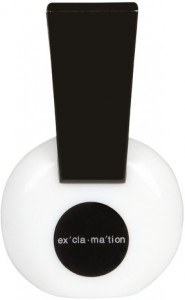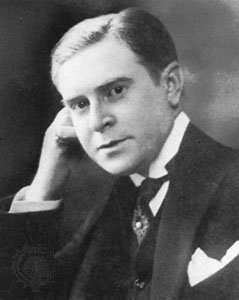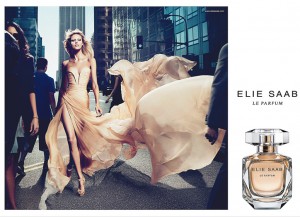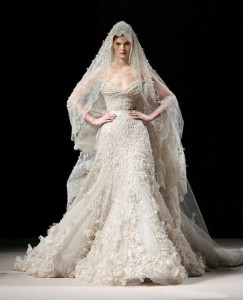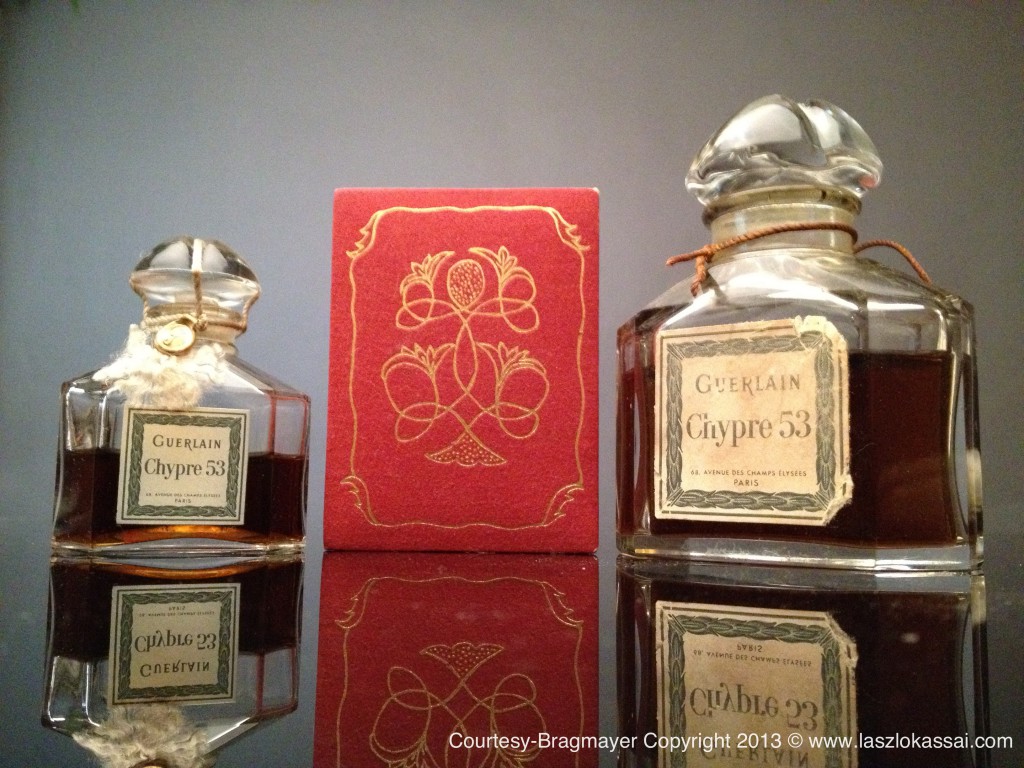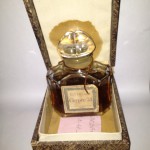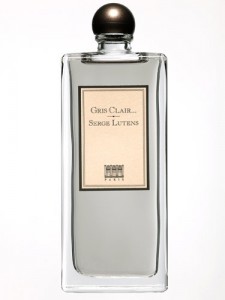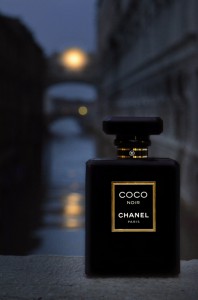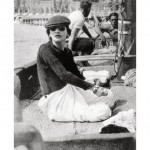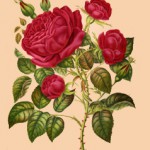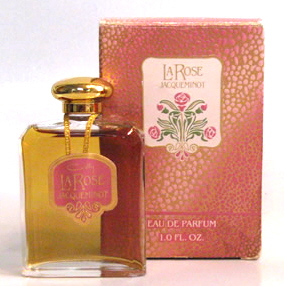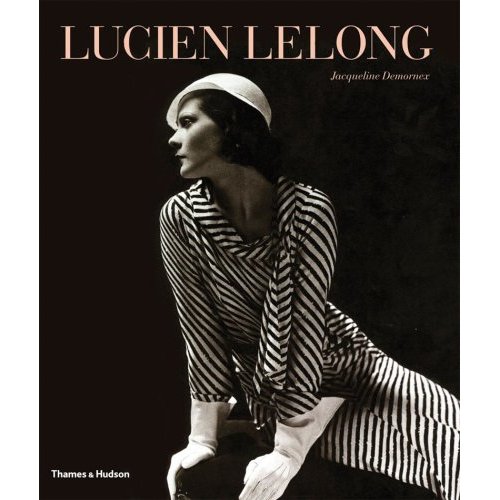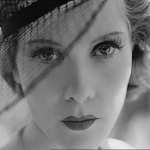Chanel – 1932 Les Exclusifs

I was thrilled beyond description to receive a sample of the newest Chanel Les Exclusifs release from the lovely Isidora at the Chanel Bal Harbour boutique in South Florida. As I posted earlier here, there was much speculation over the past year regarding this fragrance and whether or not it would indeed be released to the public. Happily, it is now available in the standard 75 ml and 200 ml Eau de Toilette sizes from the Chanel boutiqes and online, via their website at Chanel.
According to information provided by Chanel, the fragrance was named to commemorate the release of Gabrielle “Coco” Chanel’s first high jewellery collection. The nose behind the creation, Jacques Polge, took his inspiration from the collection and rendered it in Jasmine. In 1932, Europe was between two world wars and Amelia Earhart had completed the first transatlantic solo flight by a woman. The Great War fueled significant advances in aviation which would make commercial air travel a more distinct reality. What had once been a novel concept, now became a reality for the rich and elite. By the end of the era, known as the “Golden Age of Flight”, air transport would seem a necessity.
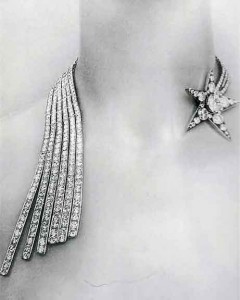
Necklace from the original 1932 collection
As a result, people’s minds were on the skies. Caron launched En Avion in 1932 and Guerlain would release its Vol de Nuit one year later in 1933. No small wonder then that Chanel’s exclusive jewellery release would be inspired by the heavens, with its falling meteors and constellations. Where Chanel had previously promoted faux glass jewelry to counteract the pretensions of the 1920s, her flight to quality following times of strife reflected her pursuit of the “greatest value in the smallest volume
“. It is this insistence on quality that is one of the hallmarks of Chanel perfumes and 1932 is certainly no exception. The fragrance is an unique and inspired creation, highlighting the different aspects of Jasmine, one of Chanel’s signature flowers.
1932 opens with a sweet citrus accord, a melange of orange and lemon notes which seem to float on the air. The aldehydes in the opening are not as effervescent as some of Chanel’s vintage creations, giving the fragrance a more modern feel. The fruity opening quickly gives way to a slightly spicy, green floral accord that calls to mind stems and juniper berries. While in theory, I thought the fragrance might head into the Chanel No 19 territory, the Lily of the Valley and subtle Hyacinth notes reminded me slightly more of Cartier’s Baiser Vole’s opening notes: sharp, bright and light, much like the brilliant collection of diamonds for which the fragrance is named, though more subtle and fruity than Mathilde Laurent’s 2011 creation.
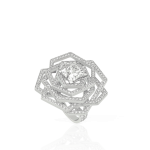
Diamond ring from the modern 1932 jewelry collection
If we imagine the green accords to be the outer casing of the Jasmine bud, as the fragrance develops, the rich and slightly indolic jasmine petals unfold, revealing a heart deepened by a slightly waxy rose and the slightest spice from geranium. Here the fragrance is at its most hypnotic, softly undulating, all the while wearing closer to the skin. While usually reserved for a basenote, I detect a coumarin note present throughout, giving the fragrance a sweet, hay-like note with just a touch of vanillic warmth.
What I found to be the most beautiful aspect of the fragrance was unfortunately the most fleeting. As the jasmine settled into a soft floral whisper on my wrist, a singular vetiver note hovers in and out of focus, supported by the slightest hint of musk, as though a tiny drop of Chanel’s Sycomore had been allowed to penetrate the signature Chanel flacon. I can only imagine how lovely this combination of the palest jasmine with a touch of woods would be in a stronger concentration. Unfortunately, as flowers are ephemeral, so is 1932. As with some of the other Les Exclusifs, particularly 28 La Pausa, Jersey and Bel Respiro, the initially powerful sillage diminishes to a wisp of a fragrance that I long to experience again.
Many thanks to Isidora Kostic of Chanel for providing me with a sample. If you are in South Florida, I highly recommend visiting Bal Harbour’s Chanel boutique at 9700 Collins Avenue, where you can view and sample the entire Les Exclusifs line.
Fruity Floral Woody
Notes: Bergamot, petitgrain, lemon, lily of the valley, hyacinth, iris, rose, jasmine, vetiver, coumarin and musk.

